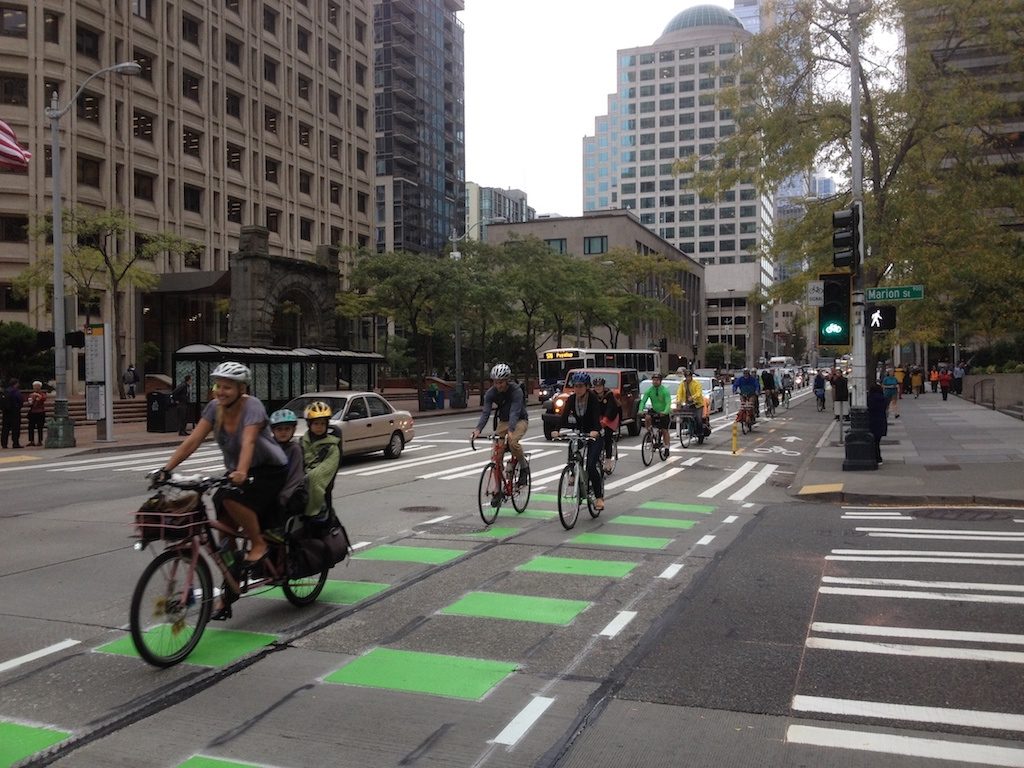The Norwegian Capital of Oslo has incorporated plans to increase the usage and number of cycles among citizens and tourists alike, as part of the city’s future plans. They are planning to bolster the bike’s traffic share to 16% of all trips by the year 2025. The city is thus in a process of expanding its network of bike paths since 2016 and has paid residents rebates to purchase e-bikes and cargo bikes, amounting to €500 and €1000 respectively.
The city has resorted to eliminate or replace almost 700 parking spaces on an experimental basis, replacing them with public spaces such as playgrounds, benches, bike parking and beer gardens. As part of the new directives, a total of 40 miles of new bike lanes are expected to be built in and around the city centre. This is aimed at cutting greenhouse gas emission levels by 95% of their 1990 levels, which is expected to be achieved by 2030.
It should be noted that Oslo is not alone in tackling the problems of traffic congestion and emission-based pollution through introducing bicycles. The UN Department of Economic and Social Affairs have estimated that 68% of the world population to move into urban areas by the year 2050, as compared to the 55% of today. Cities such as Oslo as well as national governments have started working on transforming urban mobility along with the EU. This is aimed at reducing overtaxed traffic networks in a bid to reduce pollution levels, primarily through the encouragement of alternative mobility options. These include car-sharing, car-pooling, public transports and electric bicycles.
For example, a law was drafted in December 2017 in Berlin, aimed at laying down a minimum of 100 kms of cycle highways throughout the city. The German capital is also looking at installing 100000 new parking spots for bikes, some of which would replace multi-storied parking garages by 2025. In addition, the city’s existing network of bike paths would be protected from automobile traffic by installing bollards to increase safety for cycling. Lastly, compared to the 18% of roadside bike paths in existence today, the city is planning on increasing it to cover a third of its streets.
From our partners:
Mayor of Paris, Anne Hidalgo has also proposed a plan aimed at transforming the city of lights into the world’s cycling capital. The bike project, entitled “Plan Velo”, is expected to double the length of bike lanes from the existing 700 kms, while creating 10000 new bike parking spaces by the year by the year 2020.
However, Copenhagen can be considered as the current bike capital of the world, with over half of its population using bikes to commute to work on a daily basis, which is assisted by the construction of pedestrian only zones from the 1960s. Copenhagen has a total of more than 375 kms in bike lanes and traffic lights alone.
Thus, many European cities are looking towards Copenhagen for inspiration, and its dominant bike culture as a model of what a future city should be like, so much so that the process has been termed as “Copenhagenization”.















